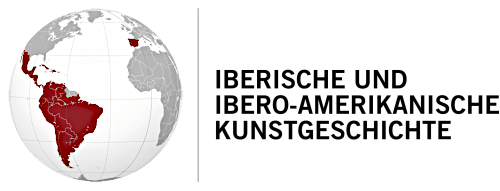Mummies and Mannequins: Elena Izcue, Peruvian Design and Paris Fashion
Identifier (Artikel)
Abstract
Artist and designer Elena Izcue first encountered pre-Columbian objects as part of her training in the 1920s at the Escuela Nacional de Bellas Artes in Lima. Spurred by new archaeological activity in the region, her access to these collections and resulting work in the arts parallelled a growing national recognition of the relevance of pre-Columbian history to a modern Peruvian identity. In 1927 Izcue sectured government sponsorship to move to Paris to continue her studies in textile design. This argument will examine varying contexts for the display of Izcue’s work in Paris and New York between 1927 and 1939. Ranging from department stores, exhibitions and fashion media, also notable is the artist’s involvement in Peruvian national pavilions at world expsitions in these cities. Additionally, her innovations in design would lead to collaborations with the House of Worth and Elsa Schiaperelli. Examining Izcue’s textiles and garments produced and displayed in these transnational contexts indicates a troubling factor in the historiography of modernism. Appropriated motifs in Izcue’s fashion collaborations were praised for their formal qualities and lent prestige to her European collaborators. However, Izcue’s own work was usually displayed in tandem with Pre-Columbian artifacts and traditional dress, inherently binding her practice to a constructed nationality. Critically reframing these display practices provides a case study in methods to collapse historically binary narratives of modernism that privilege the universal over national, instead pointing to the global trajectory and continued relevance of Izcue’s work.Statistiken

Veröffentlicht
2022-03-21
Ausgabe
Rubrik
Sprache
en
Schlagworte
Mode, Identität, Modernismus, Nationalismus, Präkolumbische Kunst, Weltausstellungen, Museen und Ausstellungen
Lizenz

Dieses Werk steht unter der Lizenz Creative Commons Namensnennung - Nicht-kommerziell - Keine Bearbeitungen 4.0 International.




